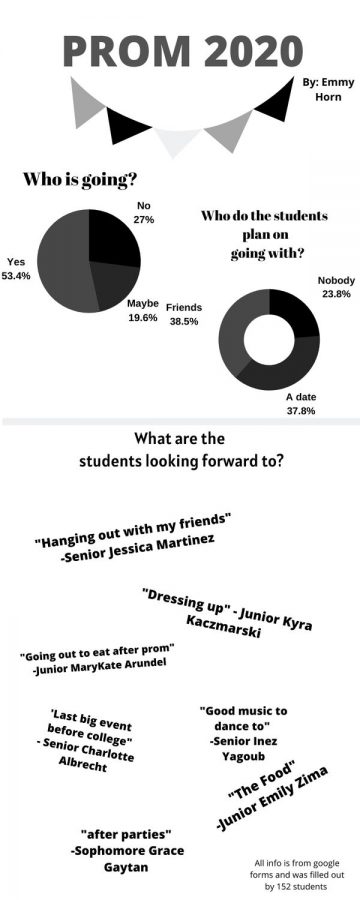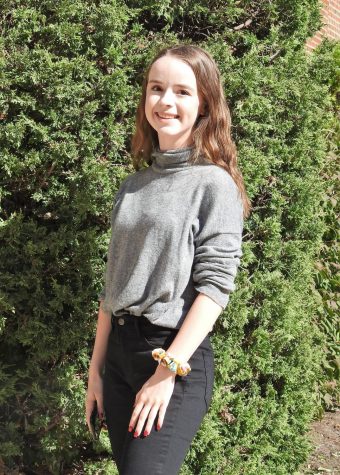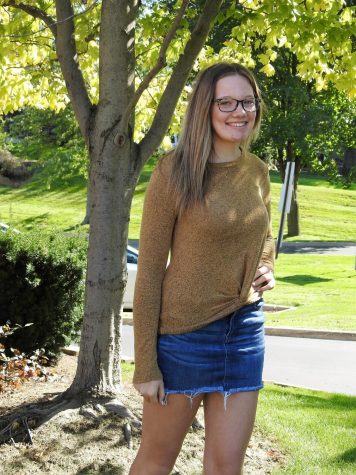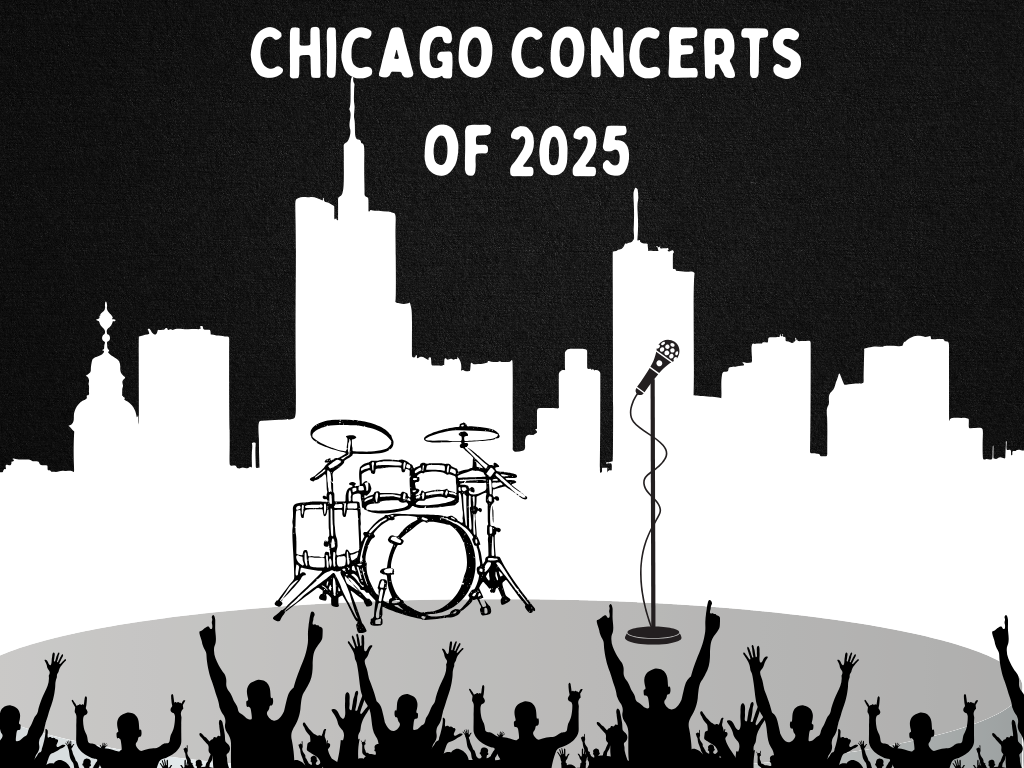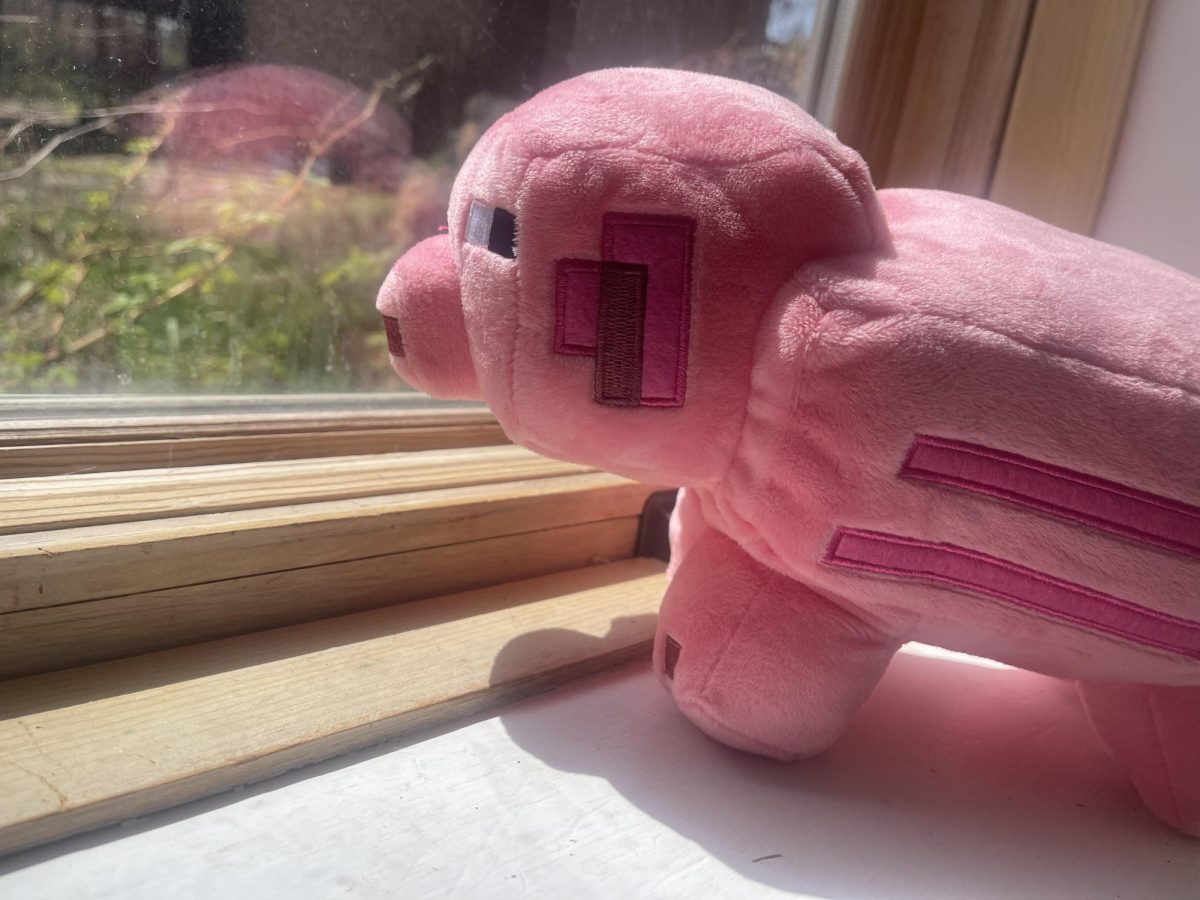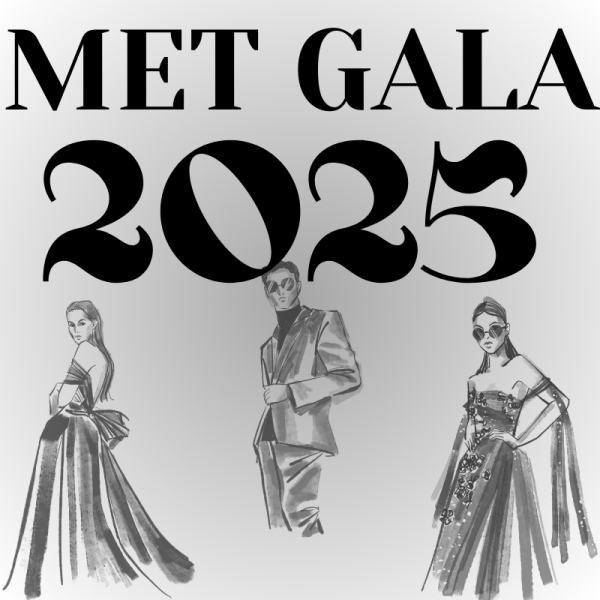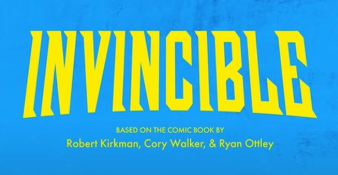Prom and other dances: A moving and grooving tradition since 1945
Although due to the school closings the fate of prom for this year is in limbo, students had big plans.
March 25, 2020
Since its inception in 1925, Lemont has gone through drastic changes to become the school we all know today. From the physical location and construction adjustments, to the changes in clubs and sports, there has always been an element that our school has valued and stuck with; school dances. Some specific dances have come and gone, but since 1945, Junior and Senior Prom has been a part of our tradition, and is likely to continue into the future for a memorable night of dancing, dressing up, and for seniors, their last high school dance.
With the school’s incredibly small population in the 1940s and its ongoing pressures from World War Two, school dances didn’t take a break. Our school was determined to make sure its remaining students who were not sent to war enjoyed their last few years as teenagers, regardless of what was going on in the world.
For the first time in history of the school, the Junior-Senior Dinner Dance or Prom was held in Chicago at the Columbia Yacht Club on Tuesday, May 29, in 1945. The tradition of a Junior-Senior prom organized by the junior class remains today. In 1947, the first Prom King and Queen was crowned at the “Moonlight and Roses Prom.”
The 1940s era brought a variety of dances to attend. A Halloween party, April Showers Dance, Valentine’s Day dance with a crowning of King and Queen of hearts, the Sadie Hawkins Dance which is similar to a present-day Turnabout and the Shamrock Swingwhere all dances that were a part of this generation of students.
Prom continued to be a crucial event in the dance agenda in the 1950s, where themes and locations were chosen by the new Prom Committee. For example, the “Starlight Serenade” was hosted at the Martinique, where other locations following years included Navajo Country Club, which is now a part of Trinity College and Cantigny in Joliet.
An important tradition that started in 1956 and continued through the 1960’s for seniors was the Senior Banquet held at the end of the year. Resembling prom, it honored seniors and acknowledged their class motto and class flower they chose at the beginning of the year.
Fast-forwarding into the 60s continued many traditions from the previous years, but also brought new ideas for dances, such as The Snowfall Serenade, Melody in Mist Dance and the Velvet Valentine Dance were new creations that sparked the students interest.
Ten years later, the 1970s continued to influence the rapidly changing trends of school dances and events. The Mother-Daughter dance became a popular event throughout the decade, such as Mistletoe Magic with a senior King and Queen and the Senior Banquet, which was not as elaborate as previous years with a class motto and flower. Therefore, the banquet didn’t survive after the 70s.
The 1990s seemed to neglect extra dances that were not Prom, probably because it also played a fundamental role in neighboring communities. However, this doesn’t mean that there still wasn’t fun events for the students to enjoy.
For the first time in the school’s history, in 1990, the first all night graduation party occured for seniors on the night after their graduation ceremony. The event included activities, food, dancing, movies, and a caricature for one fun-filled last time party.
The year 2000 continued to follow the trend of Prom. However, a twist on this long-time event was the “Prom Fashion Show Remix” in 2009.
Throughout our history as a school, we have undergone many changes regarding school dances, and many traditions seemed to lose popularity as new ones emerged from generation to generation. Regardless, the purpose of school dances is still prominent, which is to spend time with your friends for the last 4 years of your teenage era.
It’s not that teenagers today don’t want to enjoy their high school experience, but rather that certain aspects of social activity have changed regarding what is fun and what is not. For example, the majority teenagers today would rather go to one Prom with the music that they enjoy, rather than go to a “Starlight Serenade” with a classical orchestra.
However, the idea of bringing back old dance traditions is something that a handful of students aren’t opposed to.
“I think it would be a lot of fun to have a dance that was decade themed, like the 50s, 60s, and 70s. I have always dreamed of something like this to happen, and that if our school can find a way to honor our past by bringing back something that was once popular will be a great way to bring more students together,” said senior Lindsey Gottardo.
With that being said, while certain themes, music and fashion go out of style, the idea of formal entertainment with a twist from the current generation never falters in a high school scene. This aspect of tradition is proved to always be evolving and changing with each generation of students, and it’s only a matter of time that the future will bring new dances to add to the creation of multiple traditions that have persisted in the history of our school.

